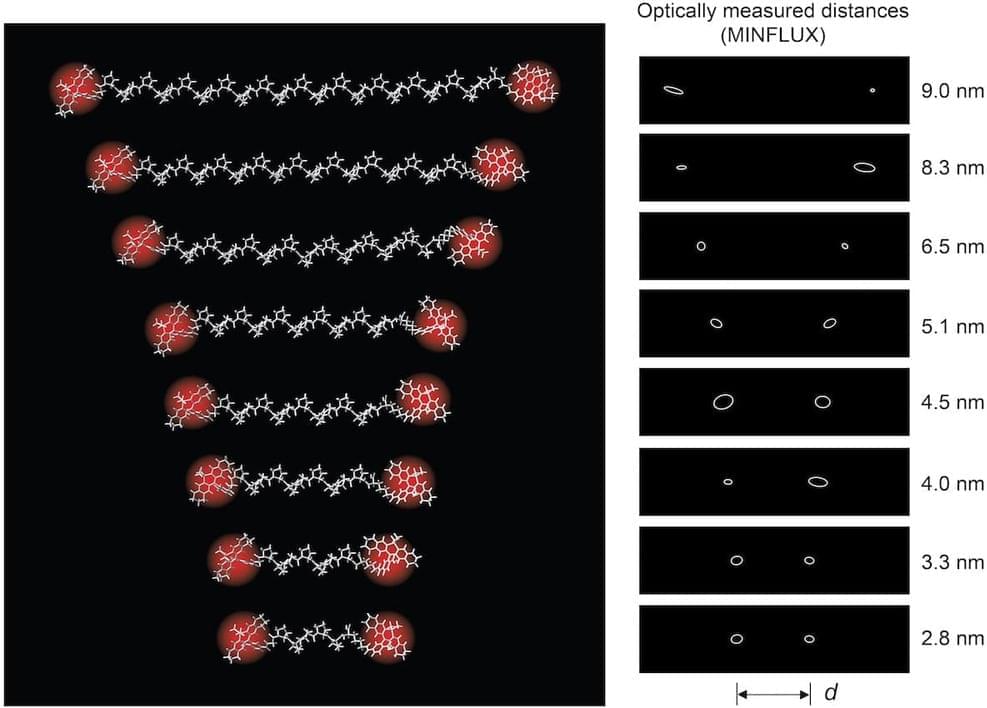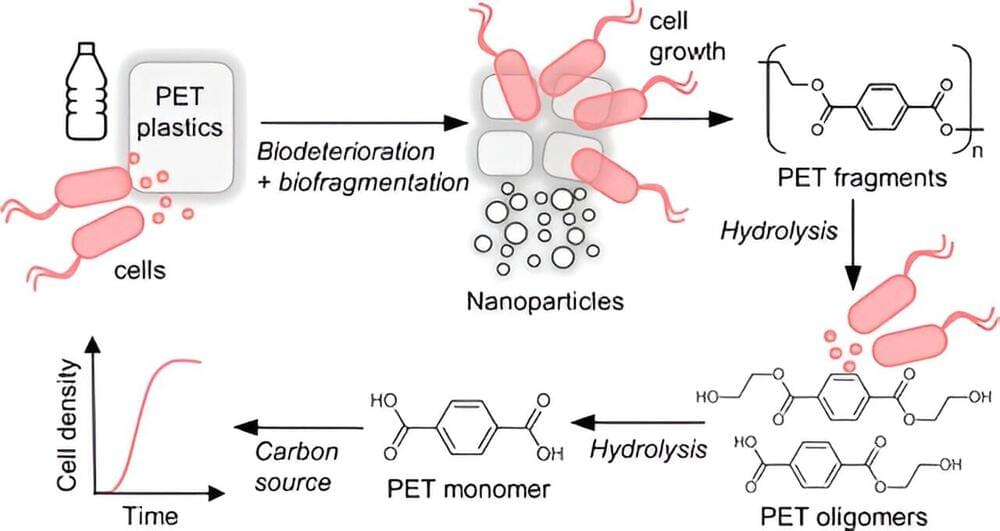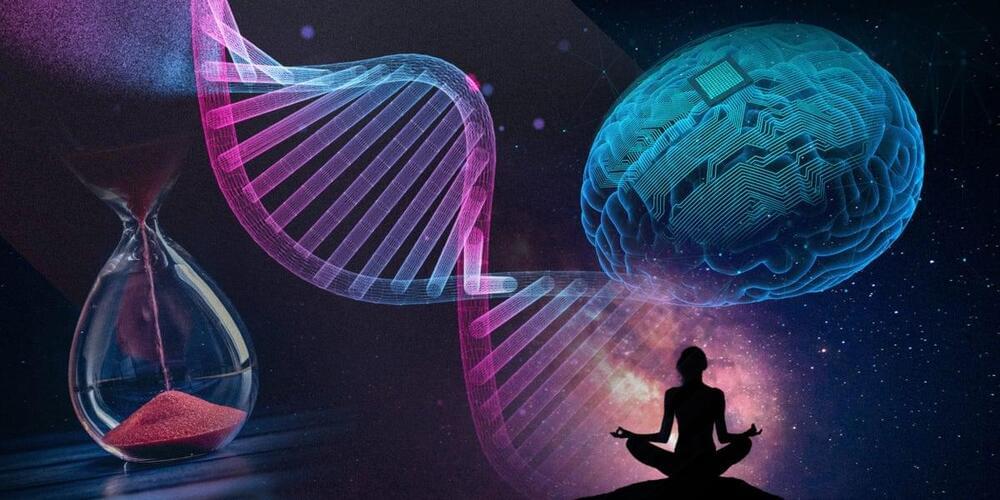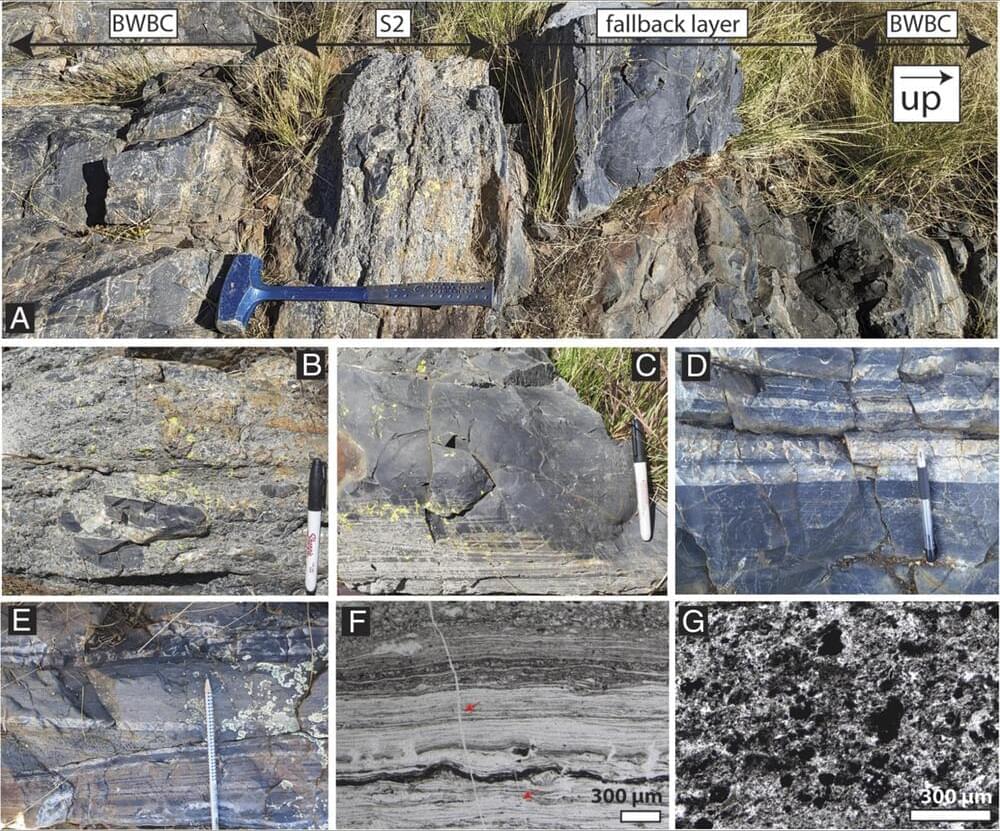Donate to Closer To Truth and help us keep our content free and without paywalls: https://shorturl.at/OnyRq.
What is information in biology? information is essential for analyzing data and testing hypotheses. But what is information in evolution, population genetics, levels of selection, and molecular genetics? Is computational biology transformational?
Follow Closer To Truth on Instagram for news, announcements, and exciting updates: https://shorturl.at/p2IhM
Terrence William Deacon is an American neuroanthropologist. He taught at Harvard for eight years, relocated to Boston University in 1992, and is currently Professor of Anthropology and member of the Cognitive Science Faculty at the University of California, Berkeley.
Get member exclusives like early access to new content with a free Closer To Truth account: https://closertotruth.com/
Closer To Truth, hosted by Robert Lawrence Kuhn and directed by Peter Getzels, presents the world’s greatest thinkers exploring humanity’s deepest questions. Discover fundamental issues of existence. Engage new and diverse ways of thinking. Appreciate intense debates. Share your own opinions. Seek your own answers.





